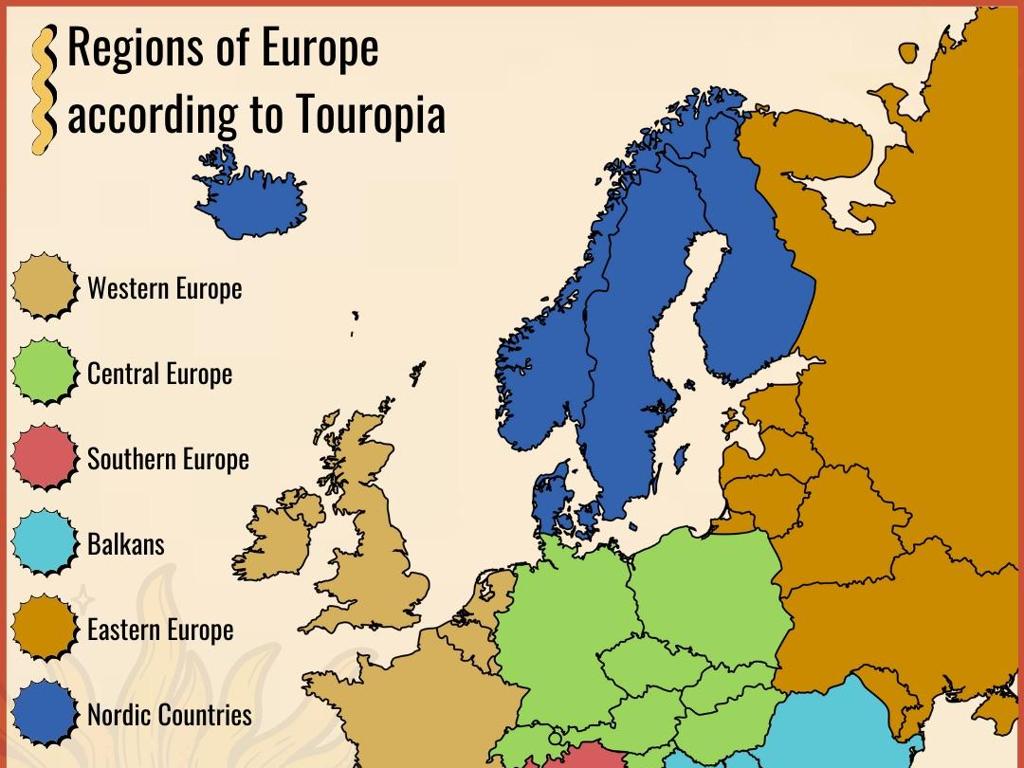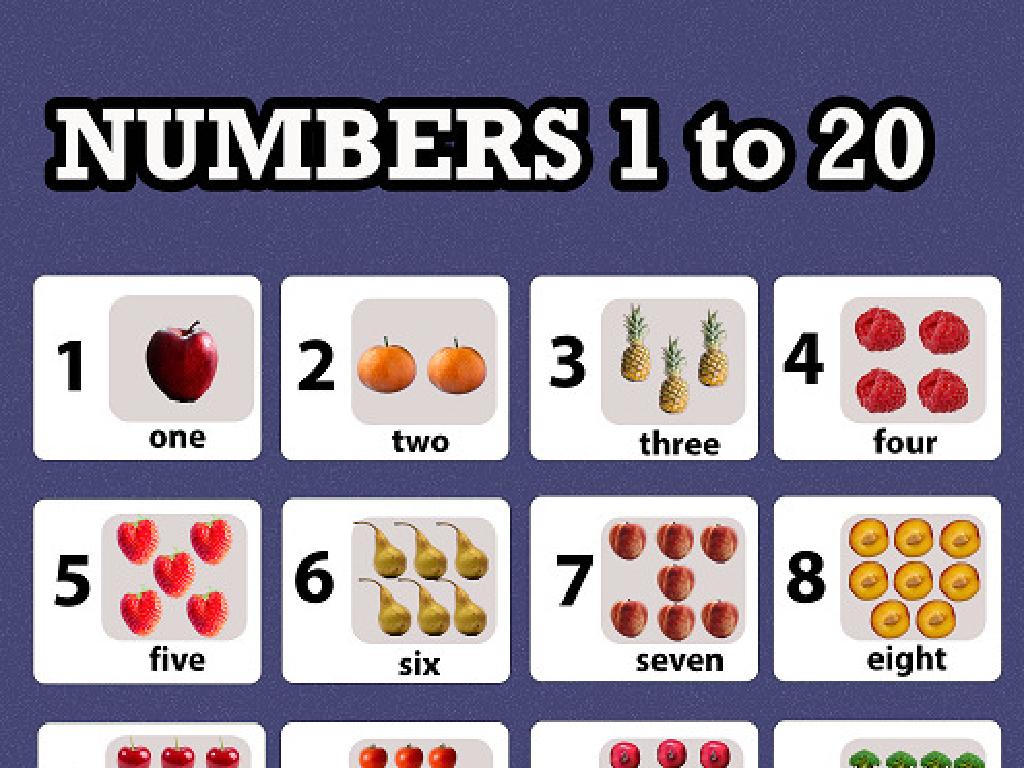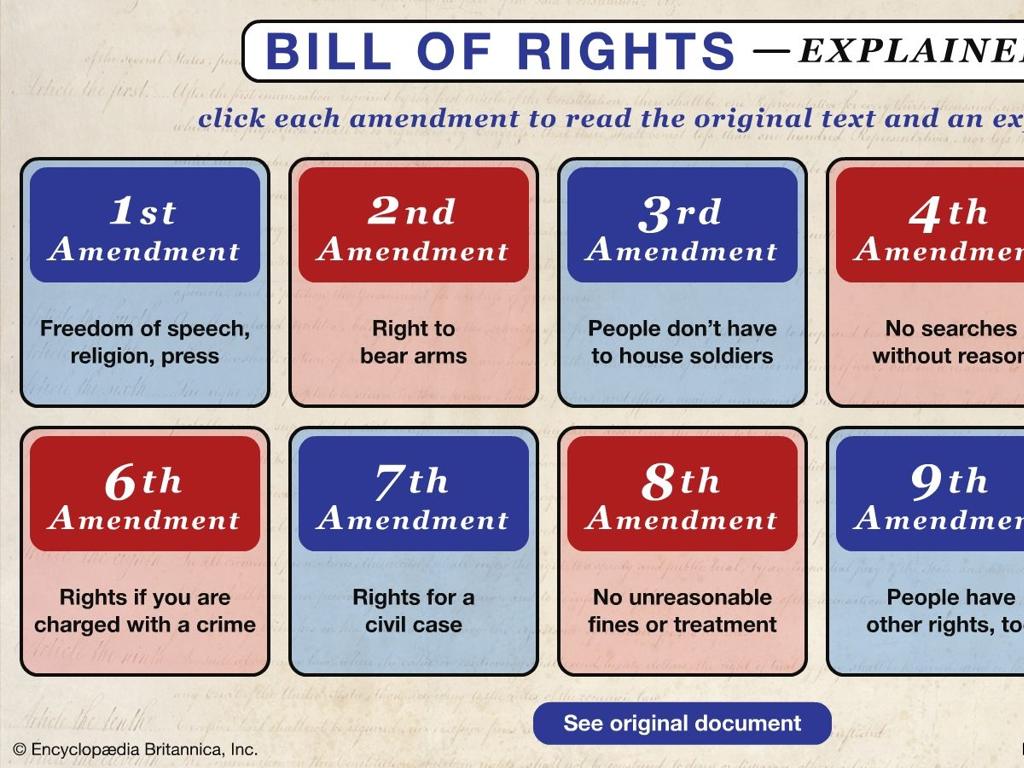Compare Urban, Suburban, And Rural Areas
Subject: Social studies
Grade: Second grade
Topic: Geography
Please LOG IN to download the presentation. Access is available to registered users only.
View More Content
Exploring Our Communities
– Urban areas: Cities with lots of buildings
– Skyscrapers, busy streets, lots of people
– Suburban areas: Homes with yards near cities
– Quieter neighborhoods, schools and parks close by
– Rural areas: Countryside with farms and forests
– Open spaces, fewer houses, more nature
– Knowing the differences helps us understand where we live
|
This slide introduces students to the concept of different living environments. Urban areas are typically densely populated with tall buildings and busy streets. Suburban areas are usually residential zones close to cities, with single-family homes, lawns, and local schools. Rural areas are characterized by open spaces, farms, forests, and a smaller population. Understanding these differences is important for recognizing community types and the lifestyle associated with each. Encourage students to think about their own community and where it fits into these categories. Ask them to bring pictures or draw their own community for the next class to create a visual understanding of the differences.
Exploring Urban Areas
– Urban areas are big cities
– They have many buildings
– Skyscrapers, houses, and stores
– Home to lots of people
– Busy with families and workers
– Examples: NYC, Los Angeles
– Famous cities with tall buildings
|
This slide introduces students to the concept of urban areas, which are typically larger cities with dense populations and numerous buildings. Use pictures of New York City and Los Angeles to give students a visual understanding of urban landscapes. Discuss the characteristics of urban life, such as the presence of skyscrapers, crowded streets, and diverse job opportunities. Explain that urban areas are bustling with activity and are often the centers for business, culture, and entertainment. Encourage students to think about what it would be like to live in such a place and to consider the differences from their own community.
Exploring Suburban Areas
– Suburbs are close to cities
– Just a short drive from a city!
– Suburbs have homes with yards
– Lots of space to play outside
– Schools and parks are common
– Great places to learn and have fun
– Suburbs are not too busy
– Quieter than the city, with fewer cars and buildings
|
This slide introduces students to suburban areas, emphasizing their proximity to urban cities while offering a different living environment. Highlight the characteristics of suburban areas, such as single-family homes with yards, the presence of schools and parks, and a generally less crowded and quieter atmosphere compared to urban areas. Use examples that are relatable to second graders, such as the idea of having a backyard to play in or a nearby park to visit. Encourage students to think about any experiences they might have had visiting or living in a suburban area and how it differs from a busy city.
Exploring Rural Areas
– Rural areas: countryside locations
– Open spaces away from cities
– Features: farms, forests, fewer people
– You might see animals, crops, and lots of nature
– Examples include farmland, small towns
– Think of places like a quiet village or a house in the fields
|
This slide introduces students to rural areas, emphasizing their location in the countryside, away from the busy life of cities and suburbs. Highlight the presence of farms, forests, and the fact that fewer people live in these areas, which contributes to a quieter environment. Use examples that children can visualize, such as farmland where food is grown or small towns with fewer houses and buildings than they might see in their own neighborhoods. Encourage students to think about the differences in lifestyle between rural and urban areas, such as the types of jobs people might have, the activities they might do for fun, and the kinds of services available.
Comparing Urban, Suburban, and Rural Areas
– Similarities & differences
– Consider population size
– Urban areas are usually crowded
– Types of buildings
– Suburban homes vs. tall city buildings
– Space availability
– Rural areas have more open space
|
This slide aims to help students understand the characteristics that define urban, suburban, and rural areas. Discuss how these areas can be similar in some ways but also have many differences. Focus on the number of people living in each area, with urban areas typically being the most populated and rural the least. Highlight the differences in buildings, such as skyscrapers in urban areas, houses with yards in suburban areas, and farms or open land in rural areas. Emphasize the amount of space available in each area. For the activity, provide pictures representing each area type and have students work in groups to match them correctly. Possible activities include sorting images, drawing their own examples of each area, or discussing what they like about each type of area.
Life in Urban, Suburban, and Rural Areas
– Fun activities in each area
– Urban: Museums, theaters; Suburban: Parks, malls; Rural: Farms, lakes
– Transportation methods
– Urban: Buses, subways; Suburban: Cars, bikes; Rural: Walking, tractors
– Types of jobs available
– Urban: Office jobs; Suburban: Teachers, doctors; Rural: Farmers, ranchers
|
This slide aims to compare the lifestyle differences in urban, suburban, and rural areas, focusing on leisure activities, transportation, and employment. For fun, urban areas offer cultural experiences like museums and theaters, suburban areas have parks and shopping malls, and rural areas provide outdoor activities like visiting farms and lakes. Transportation varies with urban dwellers relying on public transit, suburbanites using cars and bikes, and rural residents often walking or using farm vehicles. Job opportunities also differ, with urban areas having more office jobs, suburban areas having service jobs like teaching and healthcare, and rural areas focusing on agriculture. Encourage students to think about their own experiences and how they might differ if they lived in another type of area.
Class Activity: Create Your Own Community
– Build urban, suburban, rural areas
– Think about community items
– What buildings or features would you see?
– Decide where each item goes
– Place items where they fit best
– Share reasons with the class
– Explain your choices to your friends
|
This activity is designed to help students understand the differences between urban, suburban, and rural communities by creating a tangible and interactive experience. Provide a variety of craft materials such as colored paper, cotton balls, popsicle sticks, and glue. Guide the students to think about the characteristics of each area: skyscrapers and busy roads for urban; houses with yards and schools for suburban; farms and forests for rural. Encourage creativity and individual expression. After the building session, facilitate a discussion where each student explains their community layout. This will reinforce their understanding of the geographical concepts and allow them to practice their presentation skills. Possible variations of the activity could include working in groups, using digital tools to design their communities, or even visiting different neighborhoods if possible.






